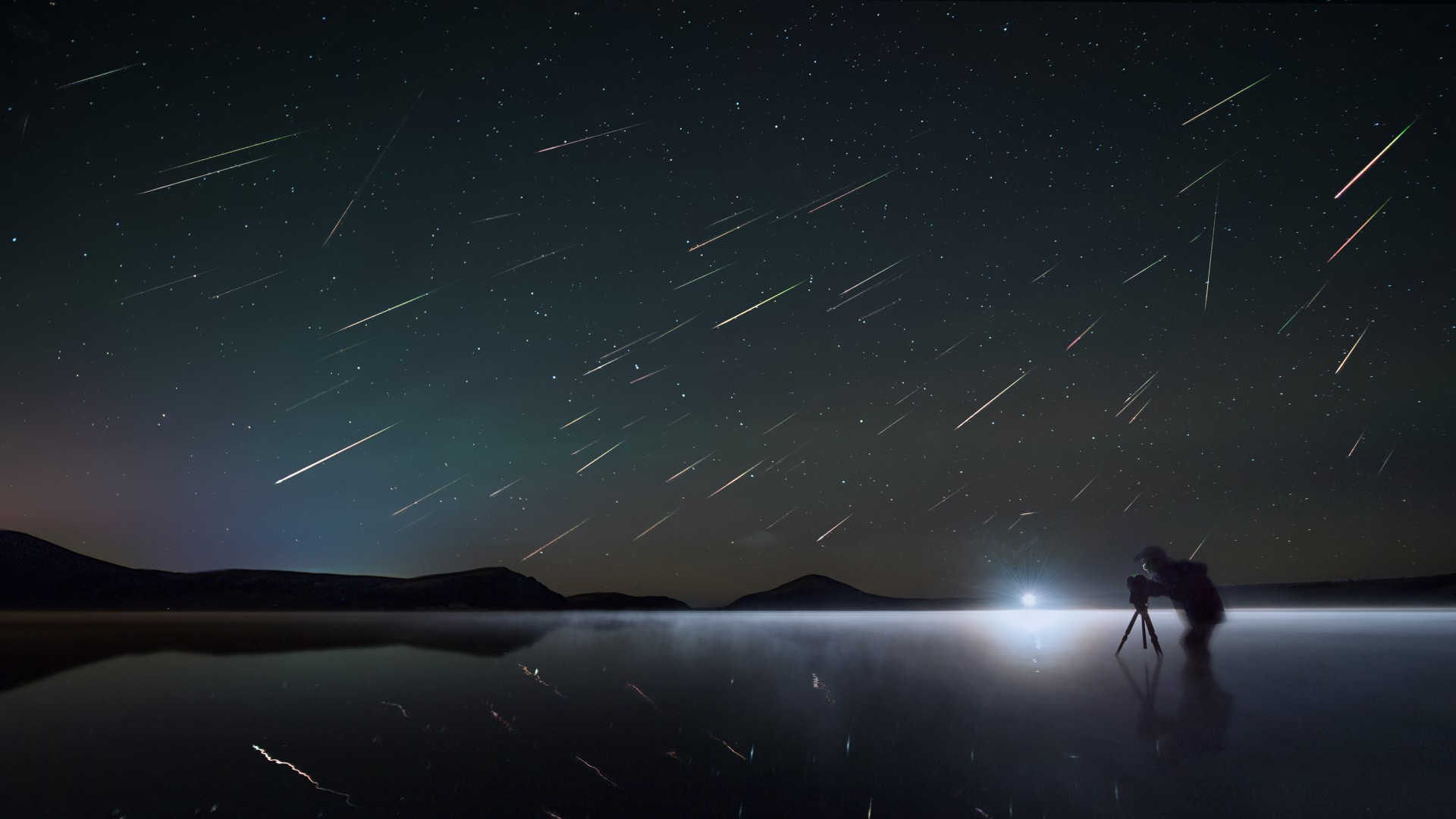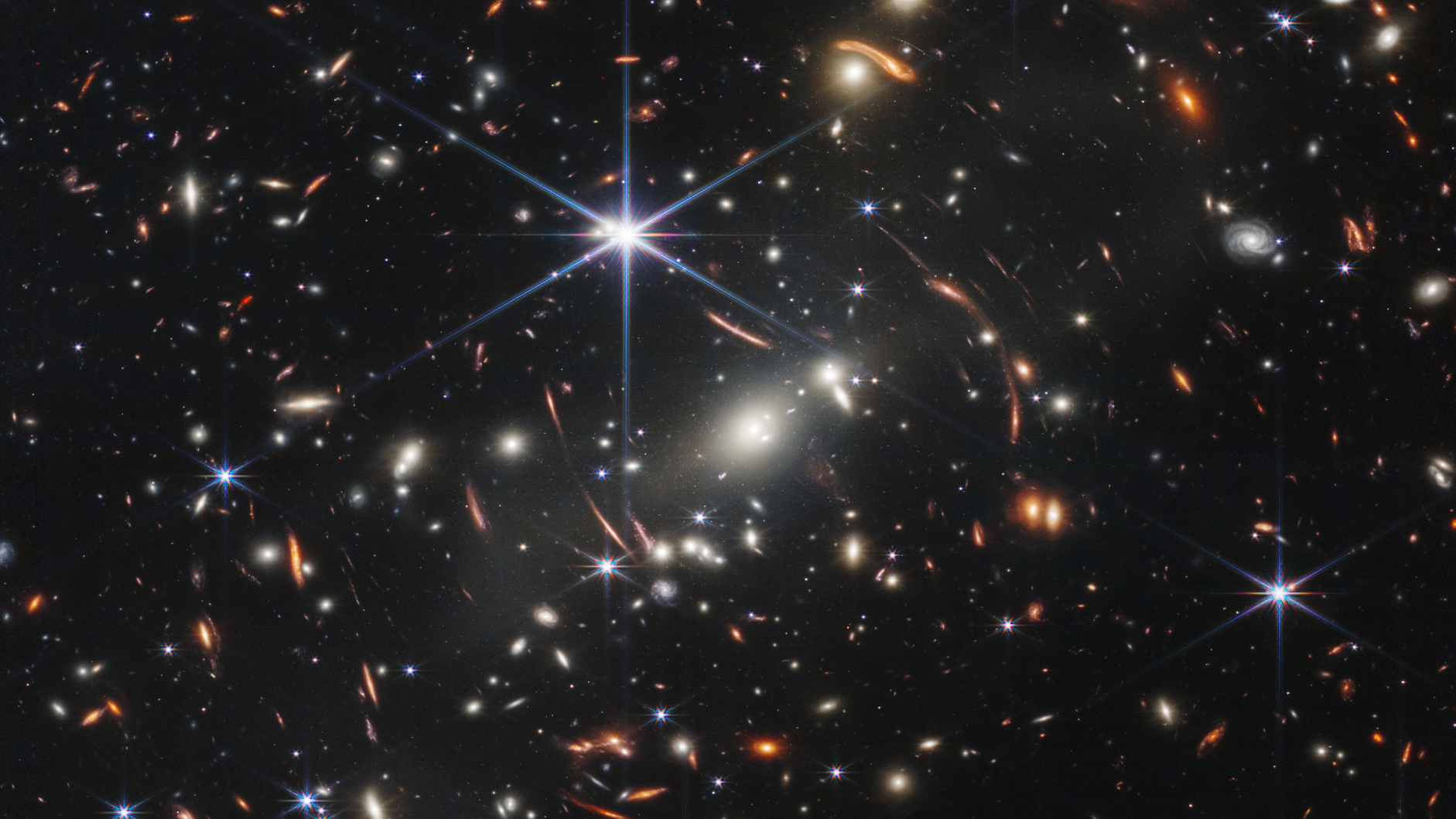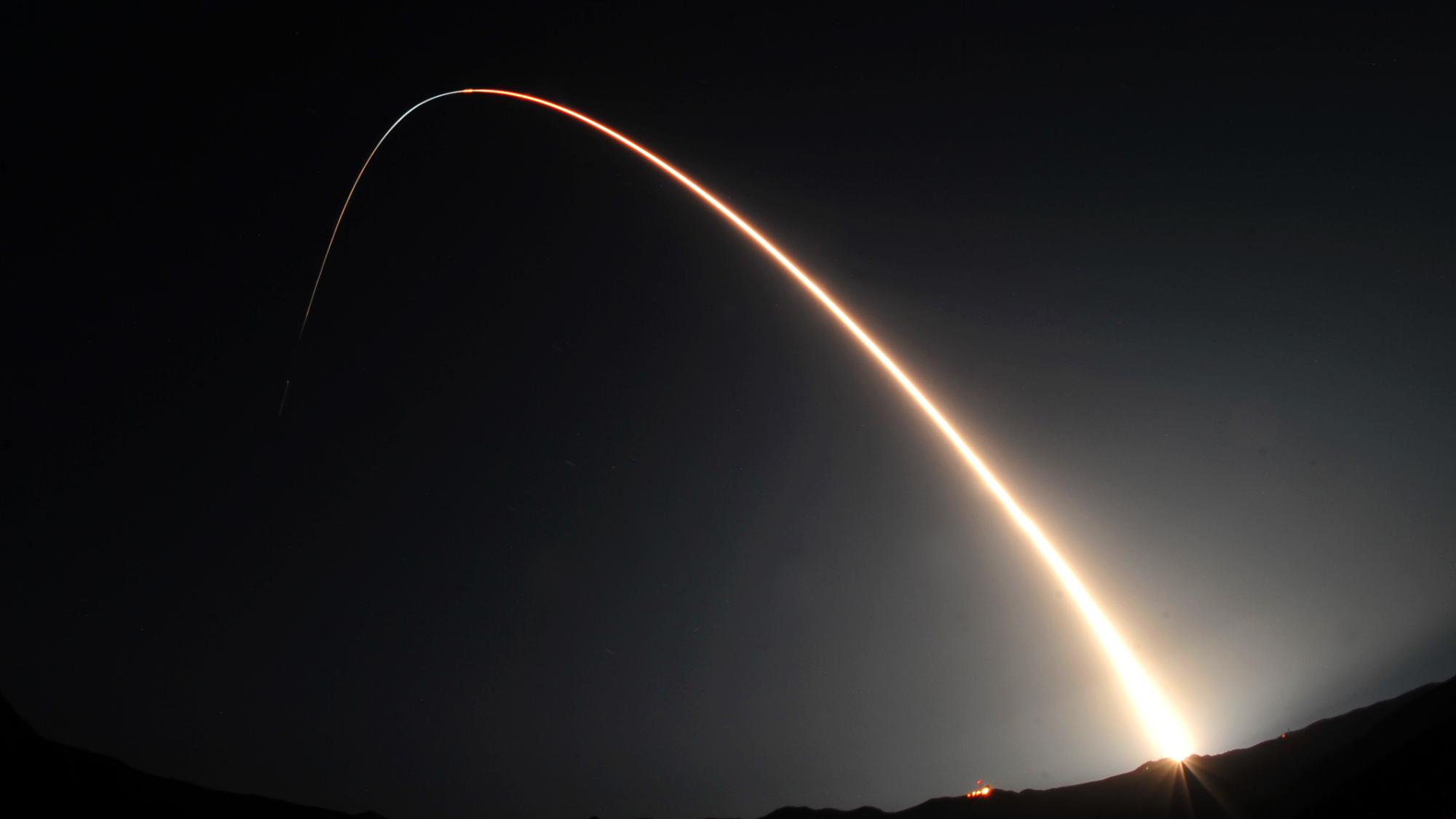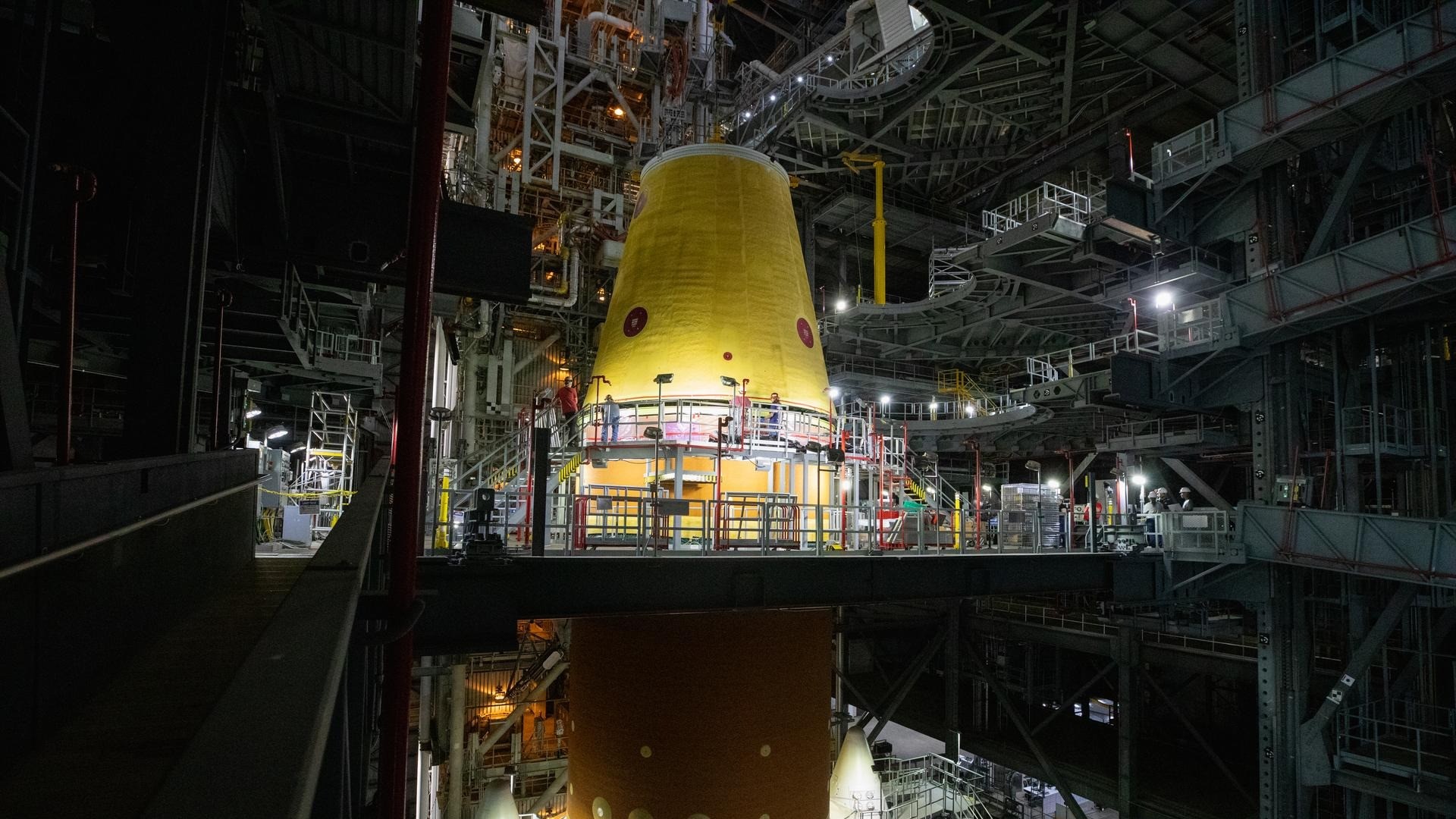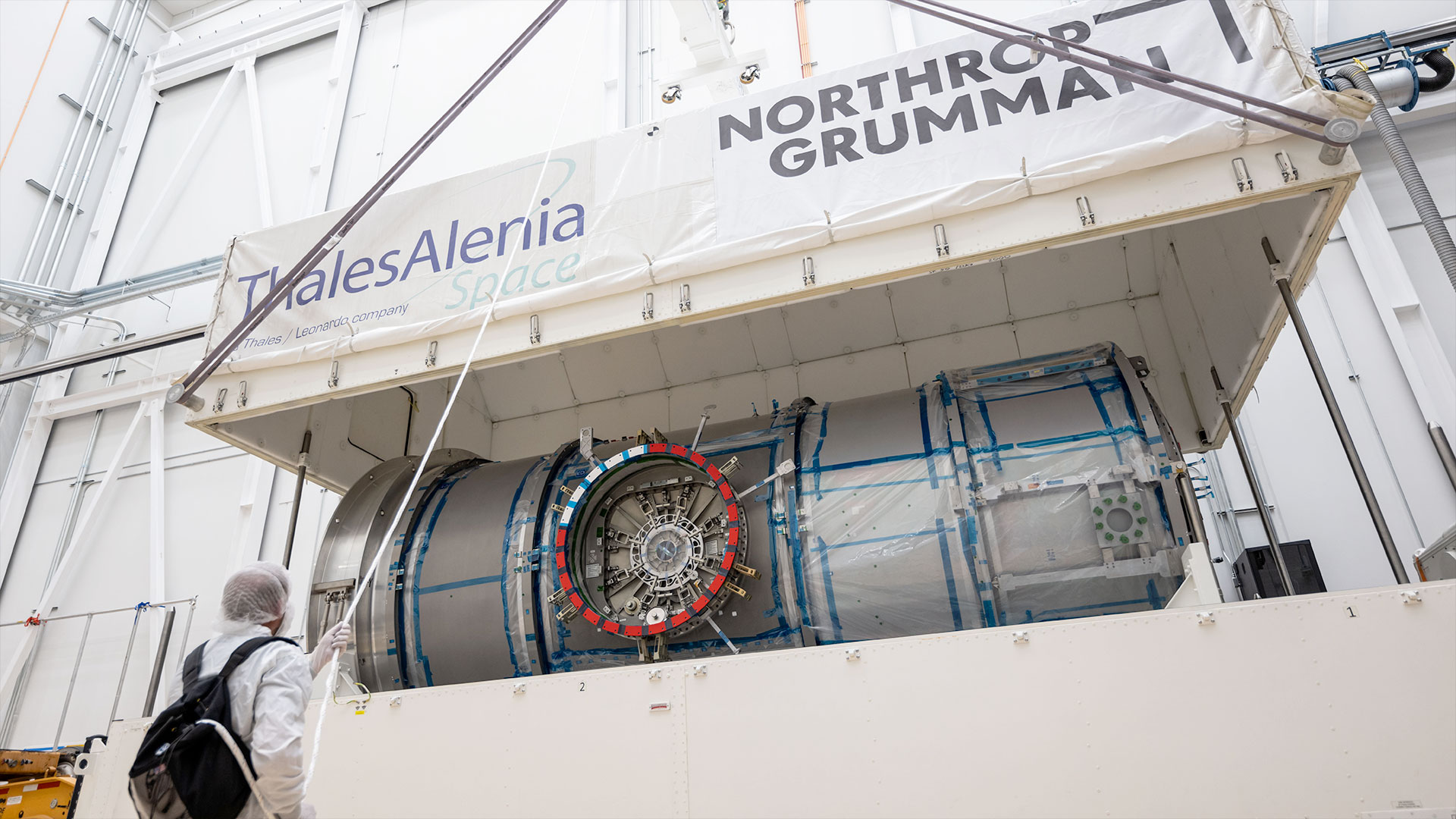Juno Probe Completes 10th Science Flyby of Jupiter; Citizens Produce Amazing Images
NASA's Juno probe completed its 10th science flyby of Jupiter Wednesday (Feb. 7) — its 11th total flyby since its arrival at the Jovian giant in July 2016.
During this most recent flyby, the probe came to within about 2,100 miles (3,500 kilometers) above the planet's cloud tops.
Throughout Juno's tenure at Jupiter, its JunoCam instrument has provided raw data to citizen scientists, who have produced stunning images. The colorful swirls of Jupiter stand out in the stunning image above, created by Gerald Eichstadt using raw data taken of the gas giant's southern hemisphere on Dec. 16, 2017.
Each time Juno flies by Jupiter, raw data from JunoCam is made available to the public. On its current orbit, Juno swings in close to Jupiter every 53 days. The raw data from the latest flyby is now available on the JunoCam website. Citizen scientists are also asked to make suggestions and vote on which targets JunoCam should focus on during each flyby. [Photos: NASA's Juno Mission to Jupiter]

The image shows the stormy atmosphere of Jupiter in false color. Images of Jupiter that are closer to "true color" show that the gas giant — the largest planet in our solar system — has distinctive red and white cloud bands that are even visible from Earth through a small telescope.
These bands are generated in the troposphere (the atmospheric layer on the "surface" of the gas giant) and contain ammonia, ammonium hydrosulfide and water. Regions higher up in the atmosphere contain hydrocarbon hazes.
Juno's main mission is to provide more information about Jupiter's weather, formation and magnetic environment. Studying Jupiter helps scientists understand large gas-giant planets in general. That's useful not only for learning about our solar system, but for making predictions about big planets in solar systems beyond Earth.
Get the Space.com Newsletter
Breaking space news, the latest updates on rocket launches, skywatching events and more!
Some of Juno's main science goals include studying water in Jupiter's atmosphere (as well as the composition of the atmosphere more generally), how the magnetic and gravity fields of Jupiter function and how the magnetic environment alters the atmosphere.
Since arriving at Jupiter, Juno has already provided many unique views of the huge planet. Juno examined the Great Red Spot, a huge, persistent storm that is shrinking for unknown reasons. And the probe was the first to show Jupiter's rings from the inside. It also examined the particles influencing auroral activity and showed that the core of Jupiter may be bigger than scientists previously thought.
Juno is part of NASA's New Frontiers program, which has also developed the New Horizons spacecraft (which flew past Pluto in 2015 and is expected to fly by the Kuiper Belt object 2014 MU69 in January 2019) and OSIRIS-REx, which will arrive at asteroid Bennu in 2020 for a sample-return mission.
Follow us @Spacedotcom, Facebook and Google+. Original article on Space.com.
Join our Space Forums to keep talking space on the latest missions, night sky and more! And if you have a news tip, correction or comment, let us know at: community@space.com.

Elizabeth Howell (she/her), Ph.D., was a staff writer in the spaceflight channel between 2022 and 2024 specializing in Canadian space news. She was contributing writer for Space.com for 10 years from 2012 to 2024. Elizabeth's reporting includes multiple exclusives with the White House, leading world coverage about a lost-and-found space tomato on the International Space Station, witnessing five human spaceflight launches on two continents, flying parabolic, working inside a spacesuit, and participating in a simulated Mars mission. Her latest book, "Why Am I Taller?" (ECW Press, 2022) is co-written with astronaut Dave Williams.

